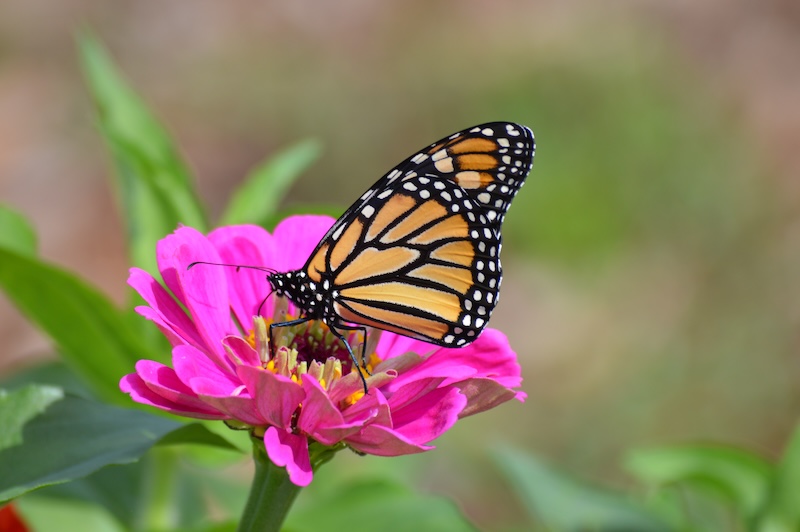
Photo: Trek13/Depositphotos
The monarch butterfly is a symbol of change, both literally and metaphorically. Their migration heralds the oncoming cold months, while their metamorphosis from caterpillar to delicate winged insect signals wonderful transformation. With unique orange and black wings, monarchs are one of nature’s premier works of art, a sight to behold if you’re lucky enough to see them out in nature. But these beautiful butterflies are on the decline in the United States, largely due to factors like climate change, pesticides, and a decrease in their habitat. Last year (2024) marks the second-lowest year of monarch butterflies recorded to be spending the winter in the U.S. in 30 years.
The monarch butterfly can be found throughout the North American continent. The insect is well-known for its migratory patterns, flying to warmer locations as the cooler seasons of fall and winter begin to take hold. This phenomenon is known as overwintering. Monarchs east of the Rocky Mountains will typically migrate to Mexico, while their western counterparts spend winter along coastal California.
An organization called Xerces Society for Invertebrate Conservation has recorded western monarch butterflies’ overwintering patterns throughout California and Arizona since 1997. This year’s overwinter population came in at a meager 9,119 monarchs, a 96% decline from their 2023 figure of 233,394. The 2024 population is one of the lowest in nearly three decades, second only to 2020’s number, which rang in at 1,901 monarch butterflies.
The largest contributor to this significant decline is a lack of milkweed, a plant vital for monarch reproduction and growth. The milkweed plant hosts the caterpillar that will eventually become a monarch butterfly. According to another monarch conservation group (Monarch Joint Venture), the plant has been vanishing steadily due to urban development, agriculture, drought, and wildfires. The remaining plants are severely affected by pesticides, which also directly impacts the butterfly population.
Another reason for such a drastic drop in western monarch numbers may be due to extreme heat. Multiple heat waves throughout western states in July, as well as a later heatwave in California during early October saw temperatures soar past 100°F. According to Emma Pelton, an endangered species biologist working with the Xerces Society, 108°F is lethal to insects, and numerous places throughout the West saw temperatures as high as 124°F.
While Pelton maintains it is too early to tell what this population decrease will mean long-term for monarch butterflies in North America, there may still be hope. The orange-and-black insect had an astonishing bounce back from 2020 to 2022. Of the 2024 numbers, Pelton says, “This is bad news. But we have seen incredible recovery. This doesn’t mean we’re not going to have western monarchs. It’s hopefully a wake-up call that a bad year can set them back pretty significantly.”
This news comes at a pivotal time for the monarch butterfly’s conservational status within the U.S. In December 2024, the nation’s Fish and Wildlife Service announced it was working on bumping the monarch species up to the “threatened” category, which would make it illegal to kill, transport, or disrupt monarchs and their growth patterns.
Doing so would also designate a combined area of over 4,300 acres of land across numerous California counties as protected land for monarch overwintering. With an official decision pending until December 2025, it could mean all the difference in keeping a beautiful species not just alive, but also well.
To learn more about issues affecting the monarch butterfly population in North America, visit the Xerces Society for Invertebrate Conservation website.
The western monarch butterfly population in North America hit a near-record low in 2024, according to conservation groups.
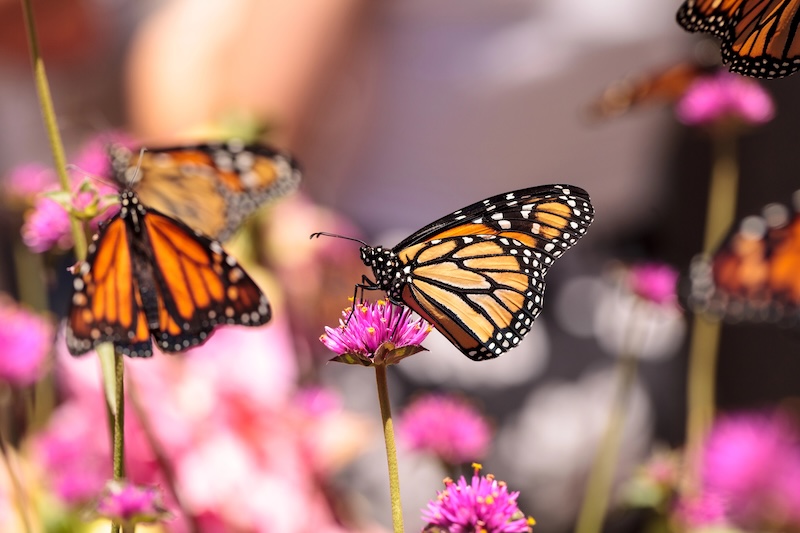
Photo: Stephstarr9363/Depositphotos
Known for their vibrant black and orange wing patterns, North American monarchs migrate to Mexico or coastal California as the weather gets colder.
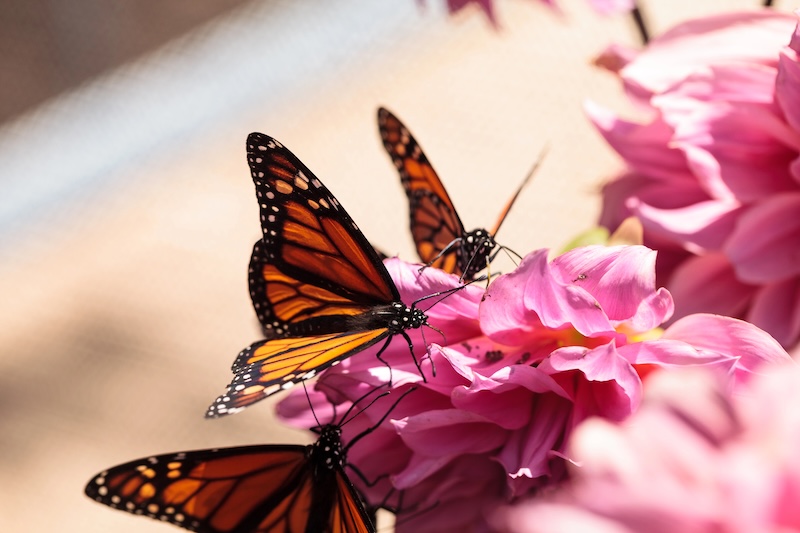
Photo: Stephstarr9363/Depositphotos
The population that migrated to the California coast dropped by a whopping 96% from 2023 to 2024, declining from 233,394 to just 9,119 monarch butterflies.
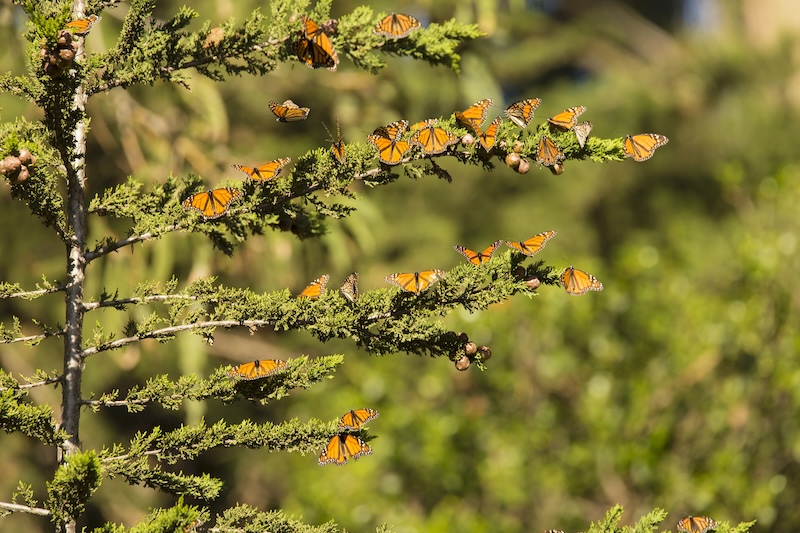
Photo: Jeremy Francis/Depositphotos
A combination of factors related to climate change, pesticides, and habitat loss are to blame for this sudden decrease. A dearth of milkweed, the monarch’s host plant for metamorphosis, is also a contributing issue.
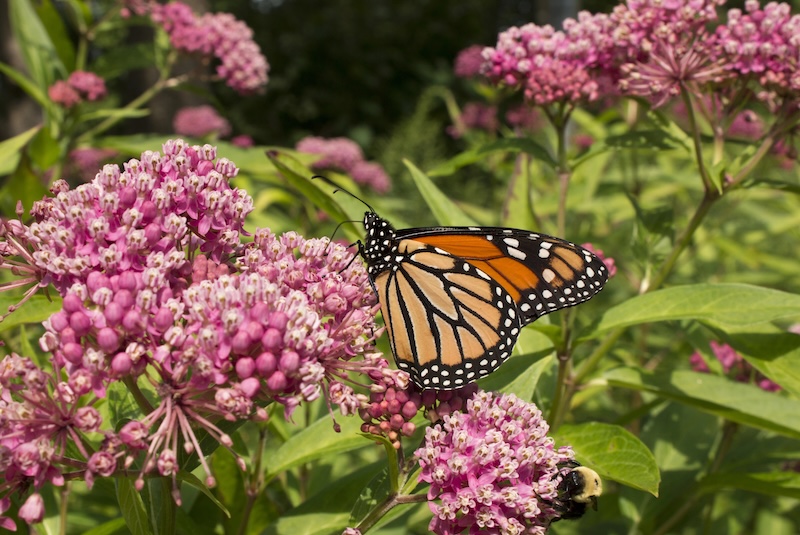
Photo: MediaMarketing/Depositphotos
Conservationists are hopeful that by designating the species “threatened,” the monarch will be able to come back from this decline, as they have in the past.
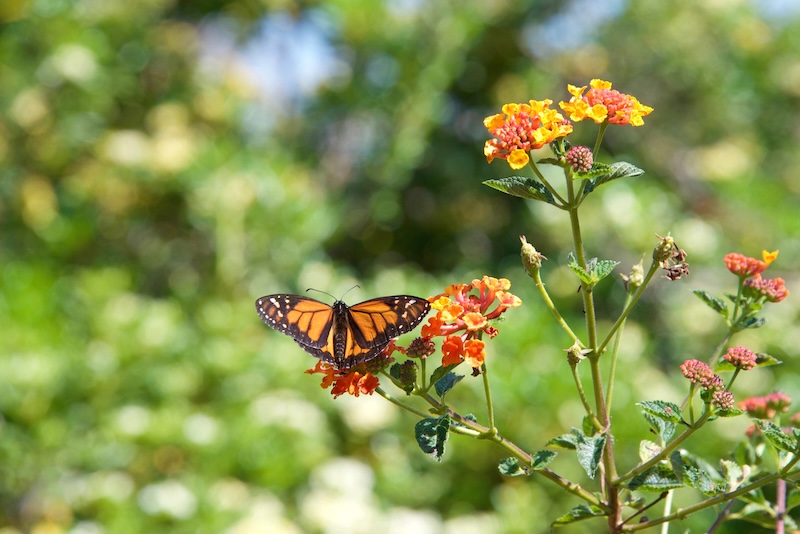
Photo: Sheilaf2002/Depositphotos
Xerces Society for Invertebrate Conservation: Website | Facebook | Instagram | Bluesky | YouTube
Sources: Western Monarch Butterfly Population Declines to Near Record Low; Western Monarch Population Continues to Decline
Related Articles:
India’s Tiger Population Has Doubled Thanks To Active Wildlife Conservation
This Adorable Marsupial Nearly Went Extinct in South Australia–but Now It’s Bouncing Back
Wildlife Photographers Unite in New Book To Highlight Beauty of Endangered Animals
Giant Octopus Sculpture Carrying a Menagerie of Endangered Animals Surfaces in NYC
